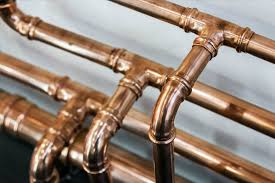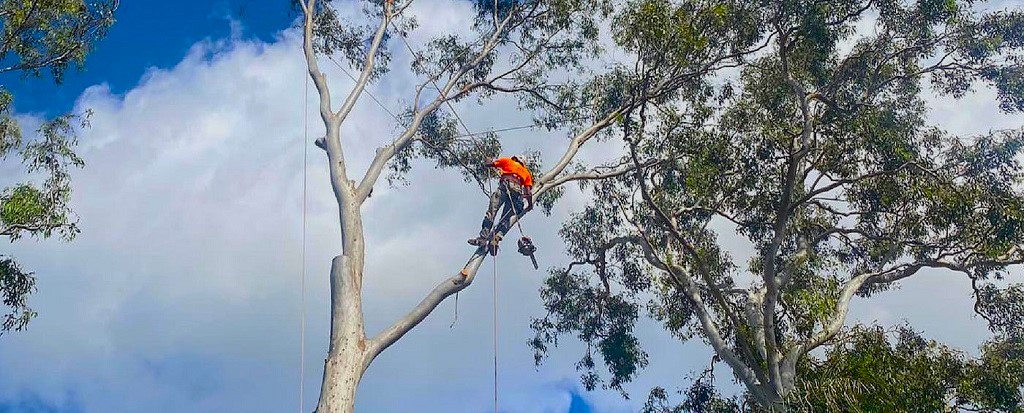When it comes to creating an effective plumbing system, choosing your piping is just part of the job. In order to enjoy the best results, you will also need to know about the different types of pipe fittings available.
Choose The Right Fitting
Pipe fittings are important because they help to direct the flow of water. Options include stainless steel, plastic, and copper pipe fittings. There are plenty of benefits to choosing copper pipe fittings, such as natural antimicrobial properties which make them ideal for delivering drinking water.

Understanding the nature of the job at hand is important to be sure of choosing the right pipes and fitting for your application. For example, if you need to choose pipes and fittings for a bathroom renovation, can help you navigate your options.
Popular Pipe Fittings
There are a great many different types of pipe fitting, each with a different role to play in a plumbing system. Perhaps the most popular of them all is the pipe elbow, which comes as either a 45° or 90° option, but can be worked to meet other angles if required. The pipe elbow offers flexibility in directing water flow, and comes in either a short or long-radius form. The long radius type of pipe elbow is typically used as it reduces any impact on water pressure whilst simultaneously taking up less space.
Another common type of pipe fitting is the pipe bend, which is used for cases where the pipe needs pigging (a plumbing term used for cleaning and other maintenance activities). It offers benefits such as little loss of water pressure, delivering a smooth and consistent flow. Options for pipe bends include 3D and 5D models.
For some applications, a mitre bend is chosen. This type of pipe fitting is constructed from pipes, using either 2, 3 or 5 pieces of pipe. A diameter of 10″ or larger is typical and this type of join will only be suitable for low-pressure environments. A mitre join is usually chosen as a similar-sized pipe elbow would be far higher in cost.

Meanwhile, for collecting or redistributing liquid from a pipe run, a pipe tee is used. Available in a number of forms, such as straight, reducing, and barred models, pipe tees are small in size and feature a 90° branch as part of their construction.

